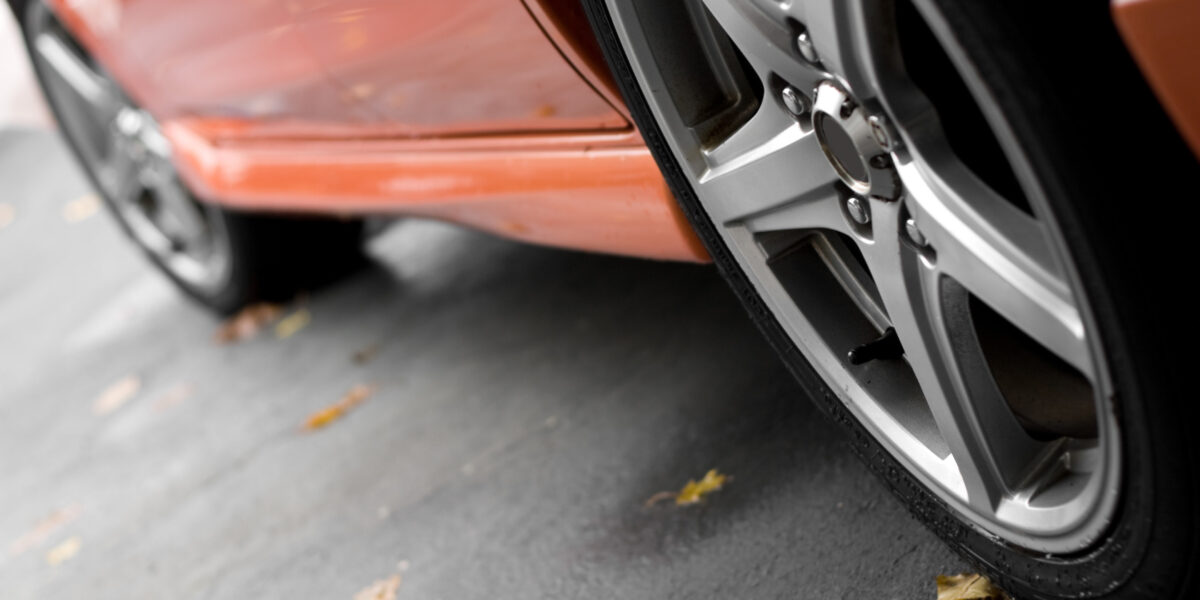DATAST is a company that works to make maintaining and servicing the public space as efficient as possible. DATAST has a lot of data they get from different sources which they have to store. And they have different clients that only have access to certain parts of the data.
DATAST receives sensor data from a 3D-scannercar from the IV Groep[2]. This car is fitted the following sensors:
- a very accurate accelerometer (IMU)
- three advanced laser scanners
- an accurate GPS
- ten cameras for 360◦ pictures
- three HD-cameras
The car can detect road defects using the laser scanners and the HD-cameras. All the raw sensor data and all the processed data is send to DATAST in different separate files. DATAST wants to have all the data stored in a data lake.
Additionally, the images captured using laser systems can be further enhanced using Gabor filters to remove variance in the images due to different lighting conditions[3]. Some of the data DATAST receives is already pre-processed, so it is possible Gabor filters are already being used. Another study looked into the viability of using machine learning techniques trained with just smartphone sensors to detect road surface anomalies[4]. They found that the use of Multilayer Perceptron Neural Networks worked best for this. The accuracy of correct detection is lower than the car with advanced scanners, however it might be a cheap way to get a general understanding of the road surface condition. So the more expensive car can be deployed to more targeted locations.
Goal of project
To create a data lake for DATAST. The data lake needs to hold all the data received from the scan car from the IV Groep as well as data that is generated by DATAST. Access to the data should be blocked so that clients can only pull the data that they are allowed access to.
References
[2] Hoe de 3d-scanauto bijdraagt aan effici ̈enter beheer en onderhoud van het gemeentelijk areaal. [Online]. Available: https://iv-groep.nl/nl/over-iv/blog/2019/hoe-de-3d- scanauto-bijdraagt-aan-efficienter-behee.
[3] R.Medina,J.G ́omez-Garc ́ıa-Bermejo,&E.Zalama,“Automatedvisualinspectionofroad surface cracks”, in International Symposium on Automation and Robotics in Construction (ISARC), Citeseer, 2010.
[4] A. Basavaraju, J. Du, F. Zhou, & J. Ji, “A machine learning approach to road surface anomaly assessment using smartphone sensors”, IEEE Sensors Journal, vol. 20, no. 5, pp. 2635–2647, 2019.


